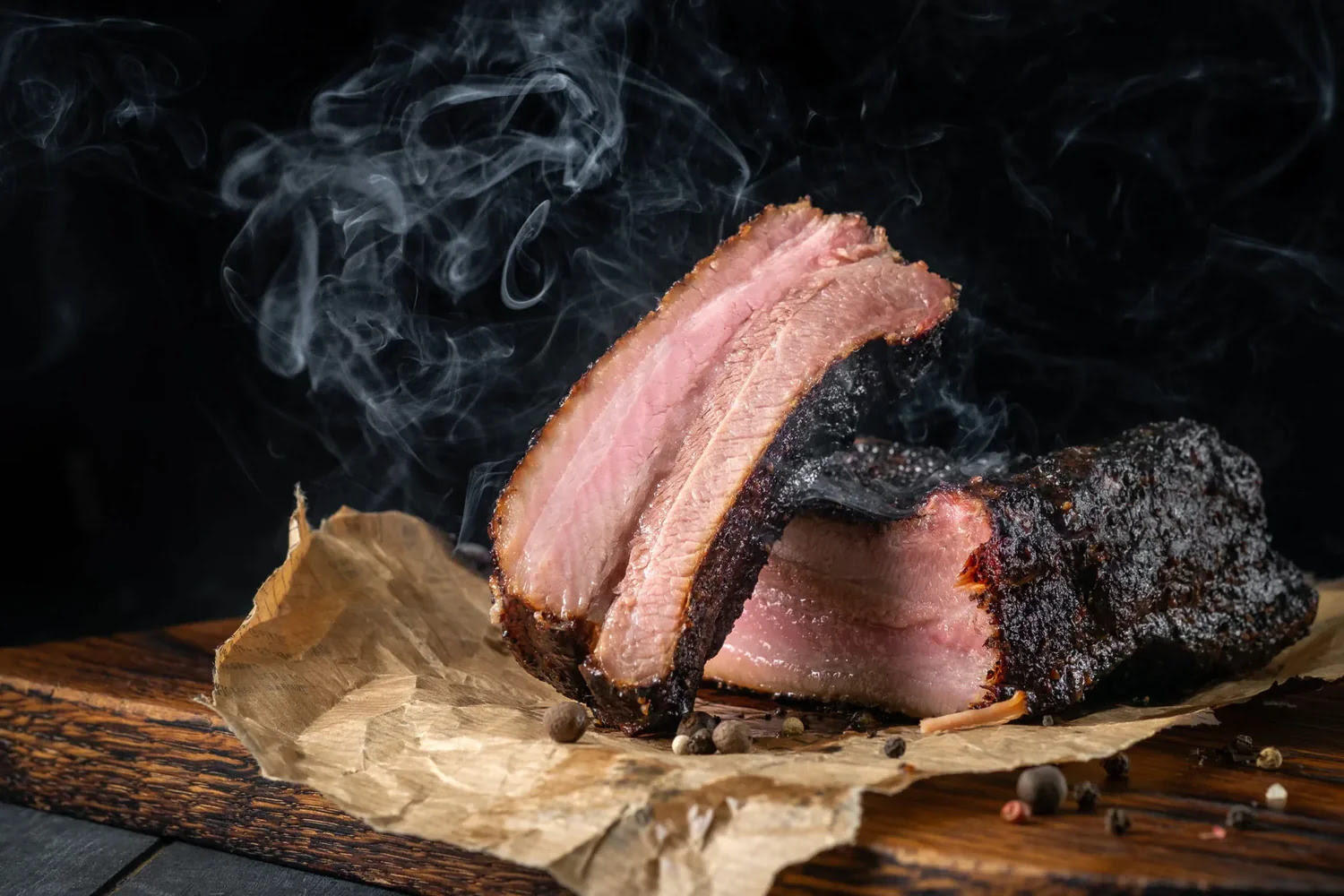

Articles
How To Store Brisket After Cooking
Modified: May 6, 2024
Learn how to store brisket after cooking in this informative article. Discover the best methods and tips to keep your brisket fresh and delicious for later enjoyment.
(Many of the links in this article redirect to a specific reviewed product. Your purchase of these products through affiliate links helps to generate commission for Storables.com, at no extra cost. Learn more)
Introduction
Brisket is a delicious and flavorful cut of meat that’s often enjoyed as a main course for special occasions or barbecue gatherings. Whether you’ve smoked, roasted, or slow-cooked your brisket to perfection, you may find yourself with leftovers that you want to store for later enjoyment. Properly storing brisket after cooking is essential to ensure its freshness, flavor, and texture remain intact.
In this article, we will provide you with guidelines on how to store brisket after cooking. By following these steps, you can extend the shelf life of your brisket and enjoy it at your convenience without sacrificing its quality.
Key Takeaways:
- Properly storing brisket after cooking is crucial for maintaining its quality, flavor, and texture. From cooling and slicing to wrapping and choosing the right storage method, these guidelines ensure your brisket stays fresh and delicious for future enjoyment.
- Whether refrigerating for short-term use or freezing for longer-term storage, following the proper techniques for thawing and reheating your brisket ensures it retains its luscious flavor and tenderness. With these steps, you can confidently store and savor every delicious bite of your cooked brisket.
Read more: How To Store Brisket After Smoking
Guidelines for Storing Brisket After Cooking
After investing time and effort into cooking a delicious brisket, it’s important to properly store it to maintain its quality. Here are some guidelines to follow when storing brisket:
- Cooling the Brisket: Before storing your brisket, allow it to cool down to room temperature. This helps prevent moisture buildup and bacterial growth during the storage process.
- Slicing and Portioning: Consider slicing the brisket into smaller portions before storing. This allows for easier and more efficient reheating later on. You can slice the brisket against the grain to ensure tenderness.
- Wrapping the Brisket: Use high-quality, airtight wrapping materials to prevent air exposure and freezer burn. Consider using butcher paper, aluminum foil, or plastic wrap. Wrap the brisket tightly to maintain its moisture and flavor.
- Choosing a Storage Container: If you prefer using containers over wrapping materials, select containers that are freezer-safe and airtight. Glass or plastic containers with tight-fitting lids are excellent options for storing brisket.
- Refrigerating the Brisket: If you plan to consume the brisket within a few days, storing it in the refrigerator is sufficient. Place the wrapped or containerized brisket in the coldest part of your refrigerator to maintain its freshness.
- Freezing the Brisket: For longer storage, freezing is the ideal option. Ensure that the brisket is completely cooled and wrapped tightly before placing it in the freezer. Consider double-wrapping it for added protection against freezer burn.
- Thawing and Reheating: When you’re ready to enjoy your stored brisket, thaw it in the refrigerator overnight. Once thawed, you can reheat it using various methods, such as oven baking, grilling, or using a slow cooker.
By following these guidelines, you can ensure that your cooked brisket stays fresh, flavorful, and enjoyable even after storing it for a period of time. Now that you know the proper steps to store brisket, you can confidently prepare and savor this mouthwatering dish without any concerns about leftovers going to waste.
Cooling the Brisket
After cooking a scrumptious brisket, it’s essential to allow it to cool down properly before storing it. Cooling the brisket is crucial to prevent moisture buildup, which can lead to bacterial growth and compromise the meat’s quality.
Here are the steps to cool the brisket effectively:
- Remove the cooked brisket from the heat source, whether it was a smoker, oven, or grill.
- Let the brisket rest at room temperature for about 20-30 minutes. During this time, excess steam will escape, and the internal temperature will drop slightly.
- Once the initial rest period is over, move the brisket to a cooling rack. This allows air to circulate around the meat and promote even cooling.
- Allow the brisket to cool to room temperature on the cooling rack. This may take around one to two hours, depending on the size of the brisket.
- Avoid placing the hot brisket directly into the refrigerator, as this can cause condensation and lead to moisture buildup. It’s crucial to follow the proper cooling process before refrigerating or freezing the brisket.
By properly cooling the brisket, you ensure that it retains its moisture and tenderness. Additionally, allowing the brisket to cool down before storing helps maintain its flavor and texture, ensuring a delicious eating experience when you decide to enjoy it later.
Slicing and Portioning
Slicing and portioning the cooked brisket before storing it can make it easier to reheat and serve later. It allows for more convenient storage and ensures that you can enjoy just the right amount of brisket whenever you desire.
Here are some tips for slicing and portioning your cooked brisket:
- Start by allowing the cooked brisket to rest for a few minutes before slicing. This helps the juices redistribute throughout the meat, resulting in a more flavorful and tender brisket.
- Use a sharp knife to slice the brisket against the grain. Slicing against the grain ensures that each slice of brisket is tender and easy to chew. The grain of the brisket is the lines or fibers running through the meat; cutting across the grain helps break down those fibers.
- Adjust the thickness of the slices according to your preference. Thicker slices are ideal for sandwiches or serving as a main course, while thinner slices work well for tacos, wraps, or salads.
- If you’re planning to store the brisket for meal-sized portions, consider cutting it into individual servings. This makes it easier to grab and reheat just the amount you need, minimizing waste.
- For more extended storage, you can also slice the brisket into smaller portions and freeze them separately. This way, you can thaw and reheat only the desired amount without thawing the entire brisket.
- Remember to use a clean cutting board and knife for slicing, especially if you’ve used a rub or marinade on the brisket. This helps prevent cross-contamination.
By slicing and portioning the cooked brisket before storing, you save time and effort when it comes to reheating and serving. It allows for more flexibility in using the brisket for different dishes or occasions, ensuring that every bite is as enjoyable as the first.
Wrapping the Brisket
Properly wrapping the cooked brisket is crucial for maintaining its moisture, preventing freezer burn (if freezing), and preserving its flavor. The wrapping material you choose should be of high quality and provide a tight seal to protect the brisket.
Here are some recommendations for wrapping the brisket:
- For short-term storage in the refrigerator:
- Use either aluminum foil, plastic wrap, or butcher paper to wrap the brisket tightly. These materials help maintain the moisture and freshness of the meat.
- If using aluminum foil, make sure the shiny side is facing inward to reflect heat and promote even cooking when reheating.
- If using plastic wrap, wrap the brisket tightly and make sure there are no loose ends or exposed areas.
- If using butcher paper, wrap the brisket snugly and secure it with butcher’s twine or tape.
- For long-term storage in the freezer:
- Double wrap the brisket to provide extra protection against freezer burn.
- Start by wrapping it tightly with plastic wrap or aluminum foil as the first layer.
- Then, place it in a freezer-safe resealable bag or wrap it again with another layer of plastic wrap or foil.
- Label the wrapped brisket with the date of freezing to keep track of its freshness.
Remember to remove as much air as possible when wrapping the brisket to prevent freezer burn. Airtight wrapping not only preserves the quality of the brisket but also prevents it from absorbing any odors from other items in the refrigerator or freezer.
By ensuring a tight seal and using appropriate wrapping materials, you can maintain the flavor, juiciness, and tenderness of the brisket, whether you’re storing it in the refrigerator for a few days or freezing it for longer-term storage.
After cooking, let the brisket cool to room temperature, then wrap it tightly in plastic wrap or aluminum foil. Store it in the refrigerator for up to 4 days or in the freezer for up to 3 months. Reheat gently to avoid drying it out.
Read more: How To Store A Brisket
Choosing a Storage Container
While wrapping the cooked brisket is a common method of storing it, you may also choose to use storage containers as an alternative. Using the right storage container can help keep the brisket fresh, protected, and easy to retrieve when you’re ready to enjoy it.
Consider the following tips when choosing a storage container for your brisket:
- Opt for freezer-safe containers: If you plan to freeze the brisket for an extended period, it’s crucial to select containers that are specifically labeled as freezer-safe. Freezer-safe containers are designed to withstand low temperatures without cracking or breaking.
- Choose airtight containers: Airtight containers prevent air from entering and coming into contact with the brisket, reducing the risk of freezer burn and ensuring the meat stays moist and flavorful. Look for containers with tight-fitting lids that seal snugly.
- Consider the size: Choose a container that comfortably accommodates the portioned or whole brisket. Ideally, there should be minimal empty space to prevent the possibility of freezer burn caused by air exposure. However, leave some room for expansion if freezing the brisket to account for any liquid that may expand when frozen.
- Ensure easy stackability: If you have limited space in your refrigerator or freezer, opt for containers that can be easily stacked. This helps maximize space and keeps your storage area organized.
- Transparent or labeled containers: If you’re storing multiple briskets or other food items in the same storage area, consider using transparent containers or labeling them with the contents and date. This makes it easier to identify and retrieve the brisket you want without the need to unwrap or open every container.
Remember to clean and sanitize the containers before use to maintain hygiene. Glass and plastic containers are commonly used for storing brisket, but ensure they are in good condition without cracks or damages that may compromise the quality of the brisket.
By selecting the appropriate storage container, you can keep your cooked brisket well-protected, organized, and easily accessible for future enjoyment. It ensures that the brisket is preserved in optimal conditions, whether it’s in the refrigerator or freezer.
Refrigerating the Brisket
If you plan to consume the cooked brisket within a few days, refrigeration is a suitable storage option. Properly refrigerating the brisket helps maintain its freshness, flavor, and texture until you’re ready to enjoy it.
Here are the steps to refrigerate the brisket:
- Ensure that the cooked brisket has cooled down to room temperature before refrigerating it. Placing a hot brisket directly into the refrigerator can raise the temperature inside the fridge and affect the overall food safety.
- Wrap the cooled brisket tightly with aluminum foil, plastic wrap, or butcher paper. Ensure that there are no openings or exposed areas.
- Place the wrapped brisket in the coldest part of your refrigerator. The best location is typically the back of the bottom shelf, as it experiences the least temperature fluctuations.
- Avoid storing the brisket next to strong-smelling foods, as it can absorb odors. If possible, isolate the brisket in its container or separate shelf to preserve its flavor.
- Use the brisket within 3-4 days of refrigeration. Beyond this point, the meat’s quality and taste may begin to deteriorate.
- If you are storing sliced brisket, keep it in airtight containers or resealable bags to maintain its moisture and prevent it from drying out.
Proper refrigeration helps slow down bacterial growth and keeps the brisket safe to eat for a limited amount of time. However, if you want to store the brisket for an extended period, freezing is a more suitable option.
By refrigerating your cooked brisket appropriately, you can preserve its quality and ensure that it remains delicious and safe to consume for a few days. Whether you plan to use it for sandwiches or incorporate it into other recipes, refrigeration provides a convenient way to store the brisket while retaining its flavor and tenderness.
Freezing the Brisket
If you have a surplus of cooked brisket or want to store it for an extended period, freezing is a reliable method. Freezing the brisket helps preserve its quality, flavor, and texture, allowing you to enjoy it at a later time.
Follow these steps to properly freeze the brisket:
- Ensure that the cooked brisket has completely cooled down before freezing. Placing a hot brisket in the freezer can create condensation, which can lead to freezer burn.
- Wrap the brisket tightly with plastic wrap or aluminum foil as the first layer. This initial layer helps reduce moisture loss and protects the meat from freezer burn.
- Place the wrapped brisket in a freezer-safe resealable bag or wrap it with another layer of plastic wrap or foil. This double-layer of protection further prevents freezer burn and helps maintain the brisket’s freshness.
- Press out any excess air from the bag or wrap to minimize the risk of freezer burn. Alternatively, you can use a vacuum sealer to remove air completely.
- Label the package with the date of freezing to keep track of its storage time. It’s also helpful to mention the contents if you have multiple items in the freezer.
- Place the packaged brisket in the coldest part of the freezer, such as the back or bottom shelf. Ensuring a consistent cold temperature helps maintain the quality of the brisket.
- Frozen brisket can generally be stored for up to 3-4 months. After this time, it is safe to eat but may experience some loss in flavor and texture.
- If you have portioned the brisket, individually wrap each portion to allow for convenient consumption. This way, you can thaw and reheat only the desired amount without thawing the entire brisket.
By freezing your cooked brisket properly, you can extend its shelf life and have delicious, ready-to-use portions on hand whenever you crave it. Just remember to thaw and reheat the brisket safely when you’re ready to enjoy it.
Note: Proper packaging and storage techniques significantly reduce the risk of freezer burn and maintain the quality of the brisket. It’s important to consume the frozen brisket within the suggested storage timeframe to ensure the best taste and texture.
Thawing and Reheating
When you’re ready to enjoy your frozen brisket, proper thawing and reheating methods are essential to preserve its flavor and tenderness. Here are the steps to thaw and reheat your frozen brisket:
- Thawing the Brisket:
- For thawing, it is recommended to transfer the frozen brisket from the freezer to the refrigerator.
- Place the packaged brisket on a plate or in a shallow dish to catch any potential drips during the thawing process.
- Allow the brisket to thaw gradually in the refrigerator overnight or for approximately 24 hours, depending on the size and thickness of the brisket.
- Avoid using methods such as thawing at room temperature or using hot water, as they can lead to uneven thawing or compromise the meat’s quality.
- Reheating the Brisket:
- Once the brisket is fully thawed, you can proceed with reheating it in various ways:
- Oven method: Preheat the oven to a low temperature, around 250°F (120°C). Place the sliced or whole brisket in a baking dish, cover it with foil, and heat for approximately 30 minutes or until thoroughly heated.
- Grilling method: Preheat the grill to medium heat. Brush the brisket with a thin layer of barbecue sauce or marinade (if desired) and place it on the grill. Heat the brisket for a few minutes on each side, basting occasionally, until it is heated through.
- Slow cooker method: Place the brisket and any desired seasonings or sauces in a slow cooker. Cook on low heat for 4-6 hours, or until the brisket is heated throughout and tender.
- Remember to test the internal temperature of the reheated brisket using a meat thermometer. The internal temperature should reach at least 165°F (74°C) to ensure it is heated to a safe temperature.
While reheating, be mindful not to overcook the brisket, as it can lead to dryness and a loss of flavor. Keep in mind that the reheating time may vary depending on the size, thickness, and specific method chosen.
By following these thawing and reheating techniques, you can bring your frozen brisket back to its former luscious state. Whether you choose to bake, grill, or slow cook the brisket, the result will be a mouthwatering and satisfying meal.
Read more: How To Store Brisket
Conclusion
Properly storing brisket after cooking is crucial to preserve its quality, flavor, and texture. By following the guidelines provided in this article, you can ensure that your cooked brisket stays fresh and delicious for future enjoyment.
Cooling the brisket, slicing and portioning it, and wrapping it tightly are important initial steps. Cooling the brisket helps prevent moisture buildup, while slicing and portioning make it easier to store and reheat later. Wrapping the brisket tightly with high-quality materials helps maintain its moisture and protect it from air exposure.
Choosing the right storage container, whether it’s airtight containers or wrapping materials, is crucial for preserving the brisket’s freshness. Refrigerating the brisket is suitable for short-term storage, while freezing is ideal for longer-term storage. Freezing the brisket in proper packaging helps prevent freezer burn and extends its shelf life.
When it’s time to enjoy your stored brisket, follow the appropriate thawing and reheating methods. Thaw the brisket safely in the refrigerator and then reheat it using methods like baking, grilling, or slow cooking. Be sure to achieve a safe internal temperature to ensure the brisket is thoroughly heated.
By following these guidelines, you can confidently store brisket after cooking, ensuring that it retains its taste and texture until you’re ready to indulge. Whether you’re planning to enjoy the brisket within a few days or save it for a special occasion months later, proper storage techniques will help you savor every delicious bite.
So the next time you find yourself with leftover brisket, don’t let it go to waste. Store it properly and maximize your enjoyment of this mouthwatering dish.
Now that you've mastered storing brisket, why not expand your savvy in preserving other foods? Our detailed guide on the best food storage for 2024 offers fresh insights and practical advice. Whether you're a seasoned chef or a home cooking enthusiast, this resource ensures your culinary creations stay safe and tasty. Dive into our article to keep your kitchen organized and your meals top-notch.
Frequently Asked Questions about How To Store Brisket After Cooking
Was this page helpful?
At Storables.com, we guarantee accurate and reliable information. Our content, validated by Expert Board Contributors, is crafted following stringent Editorial Policies. We're committed to providing you with well-researched, expert-backed insights for all your informational needs.
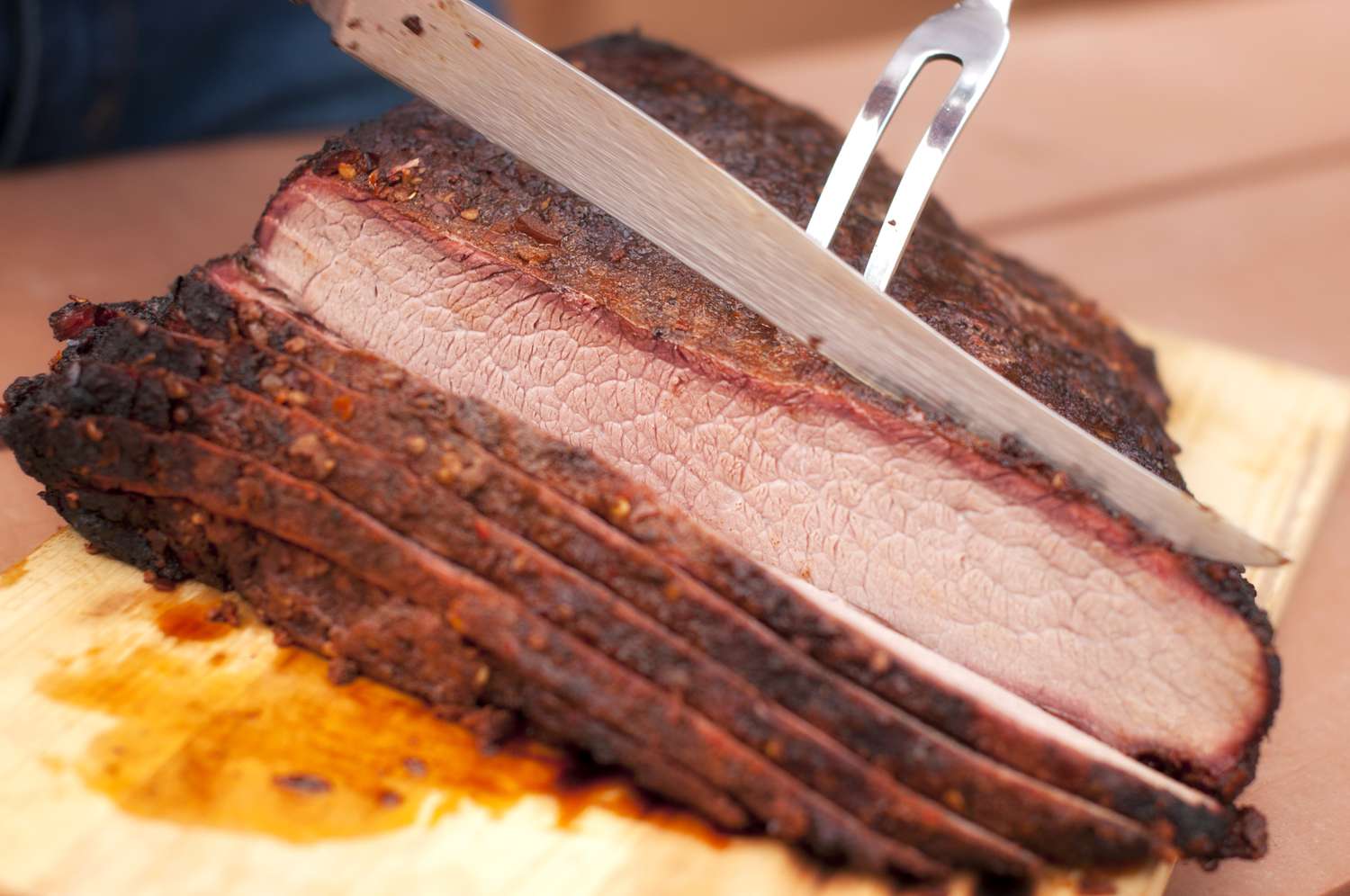

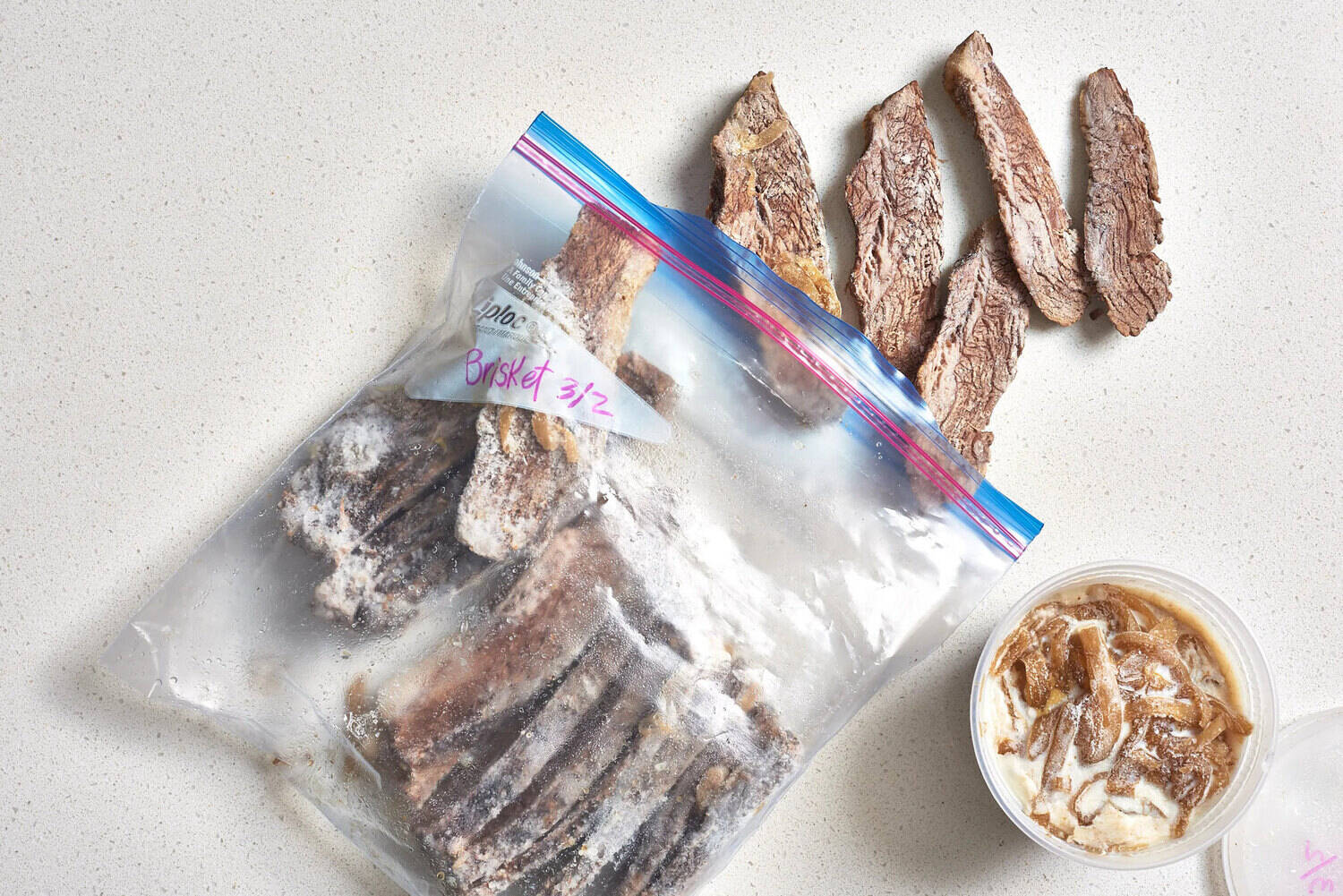
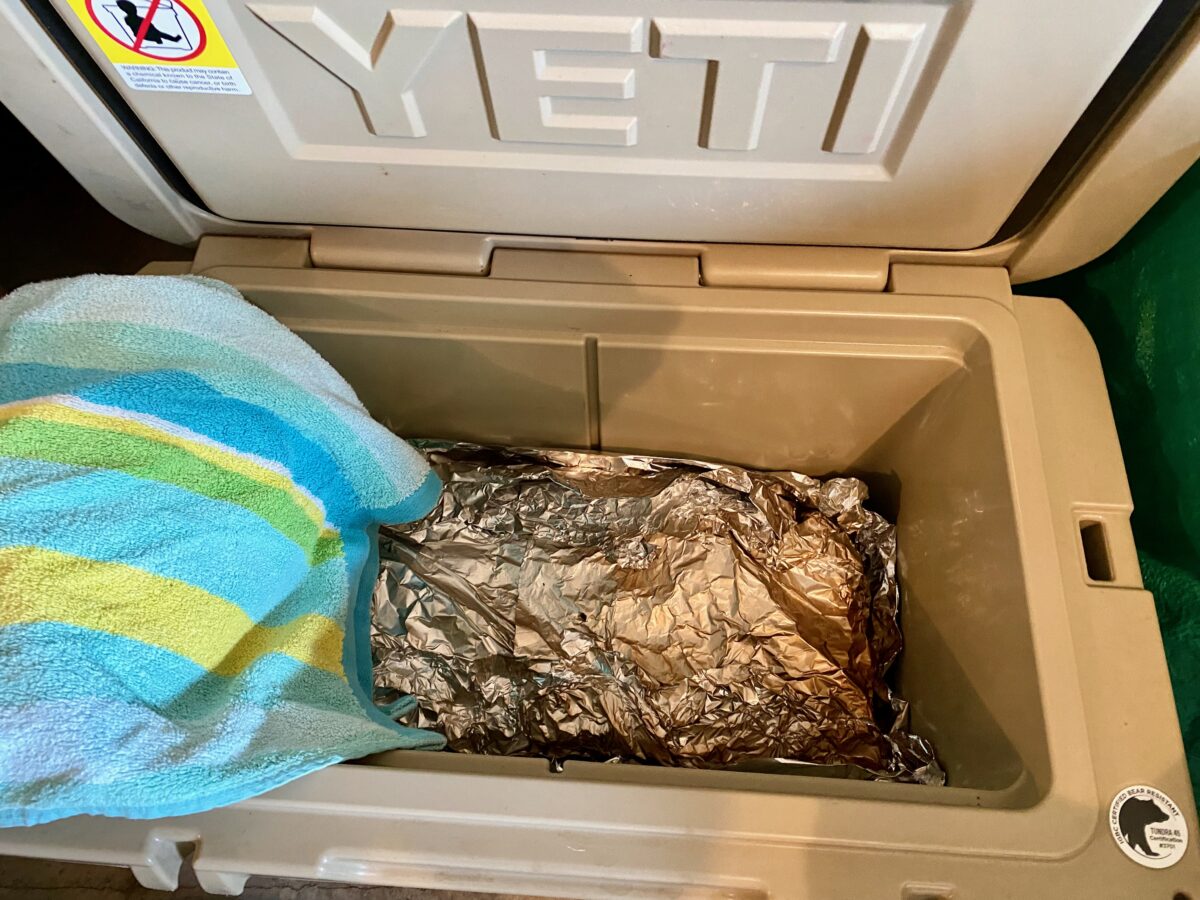
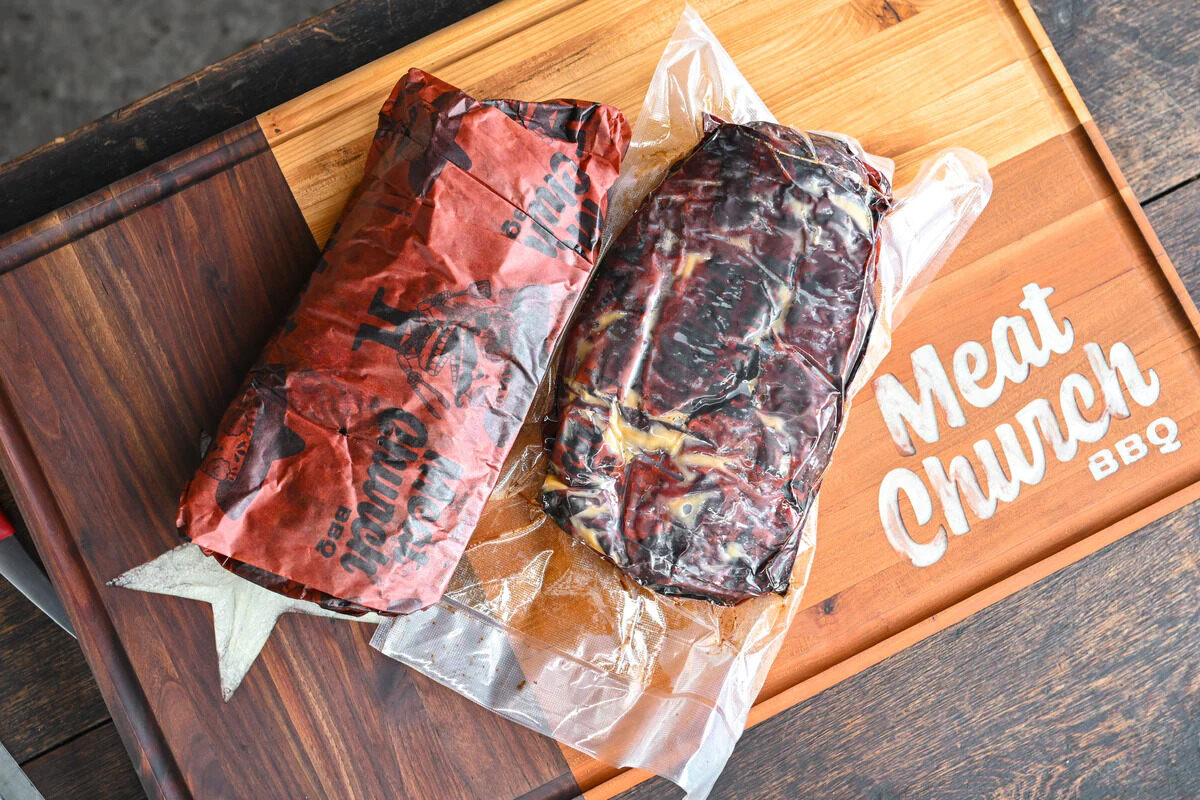
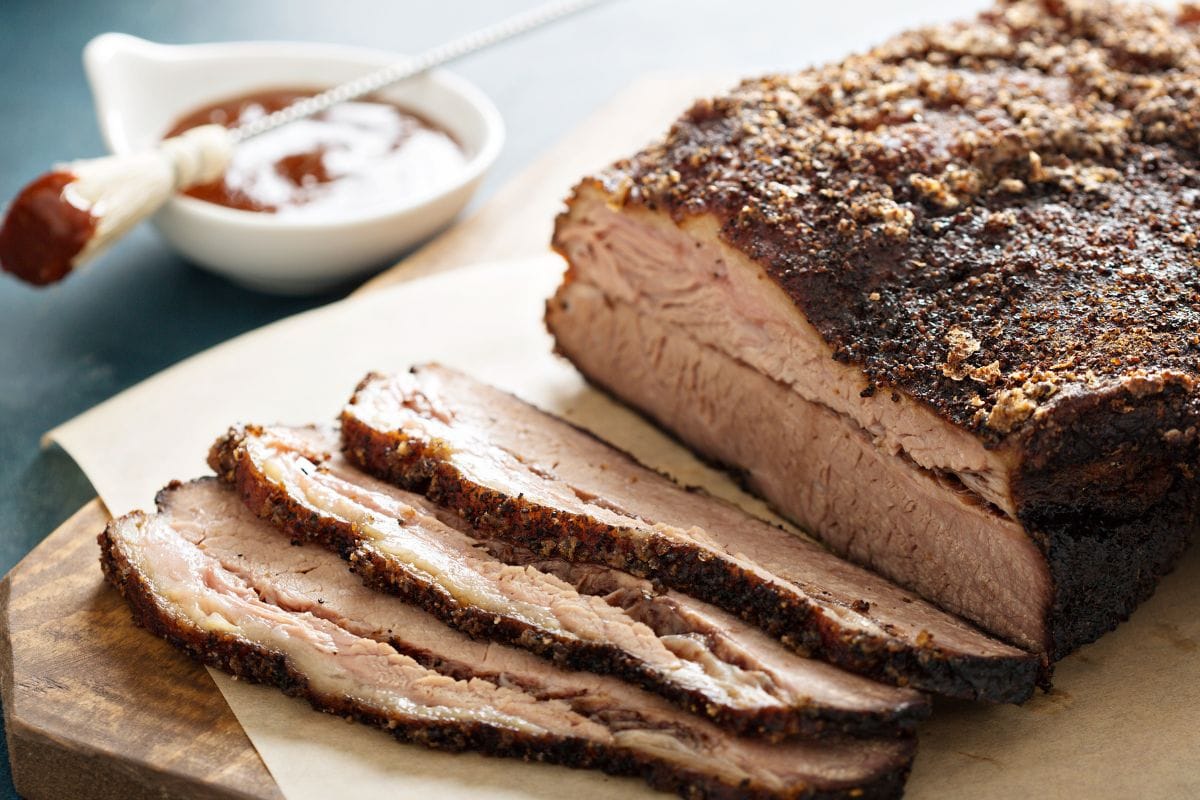
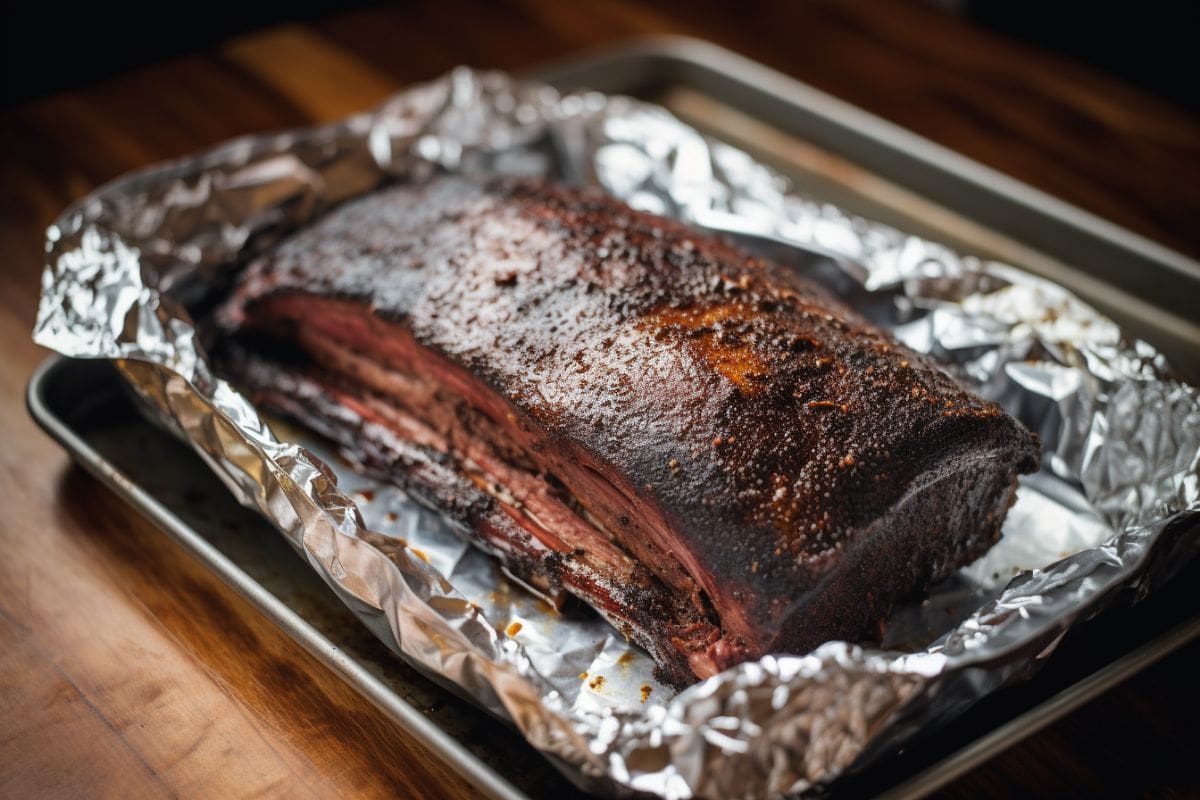
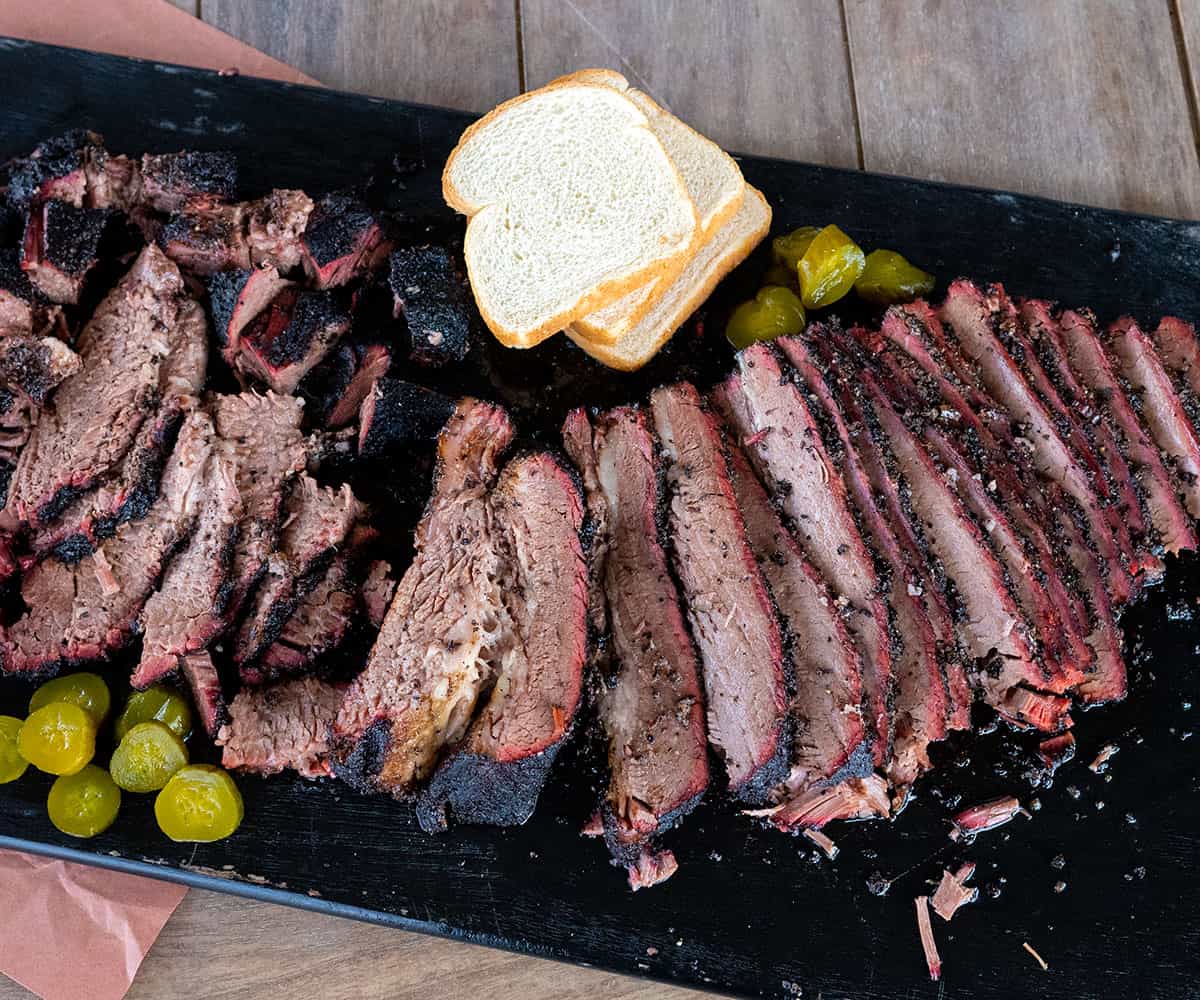
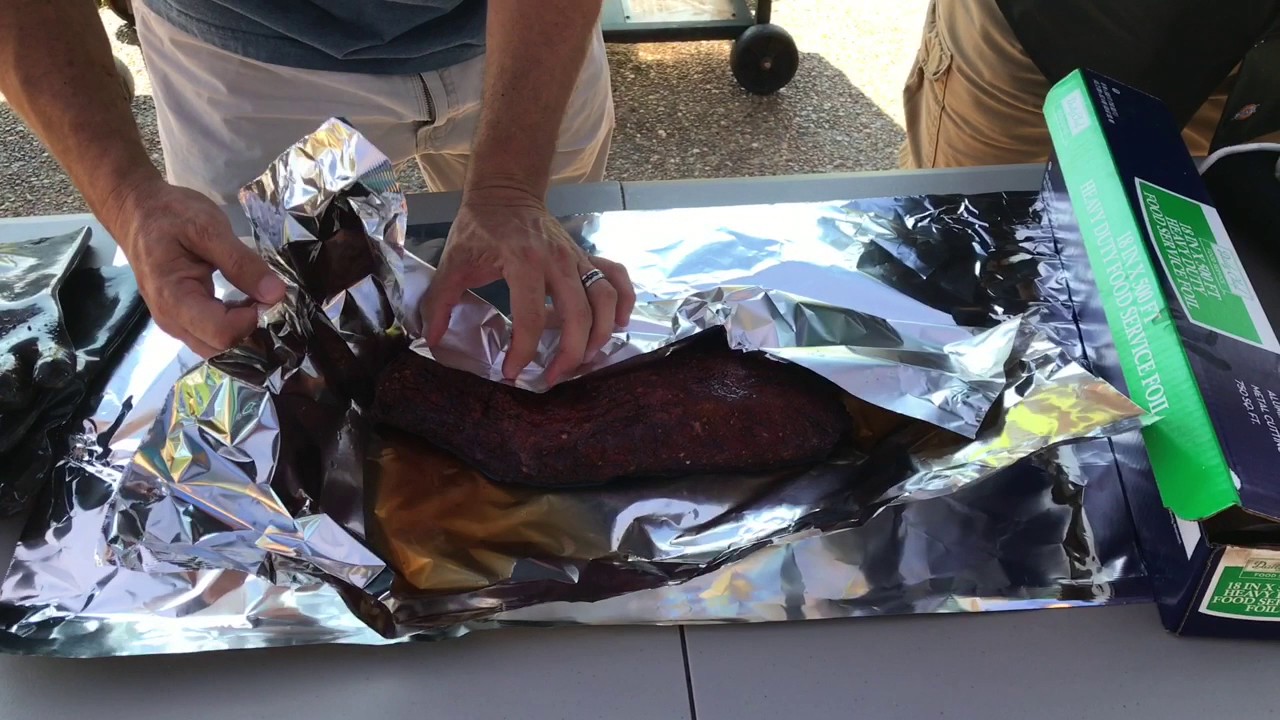
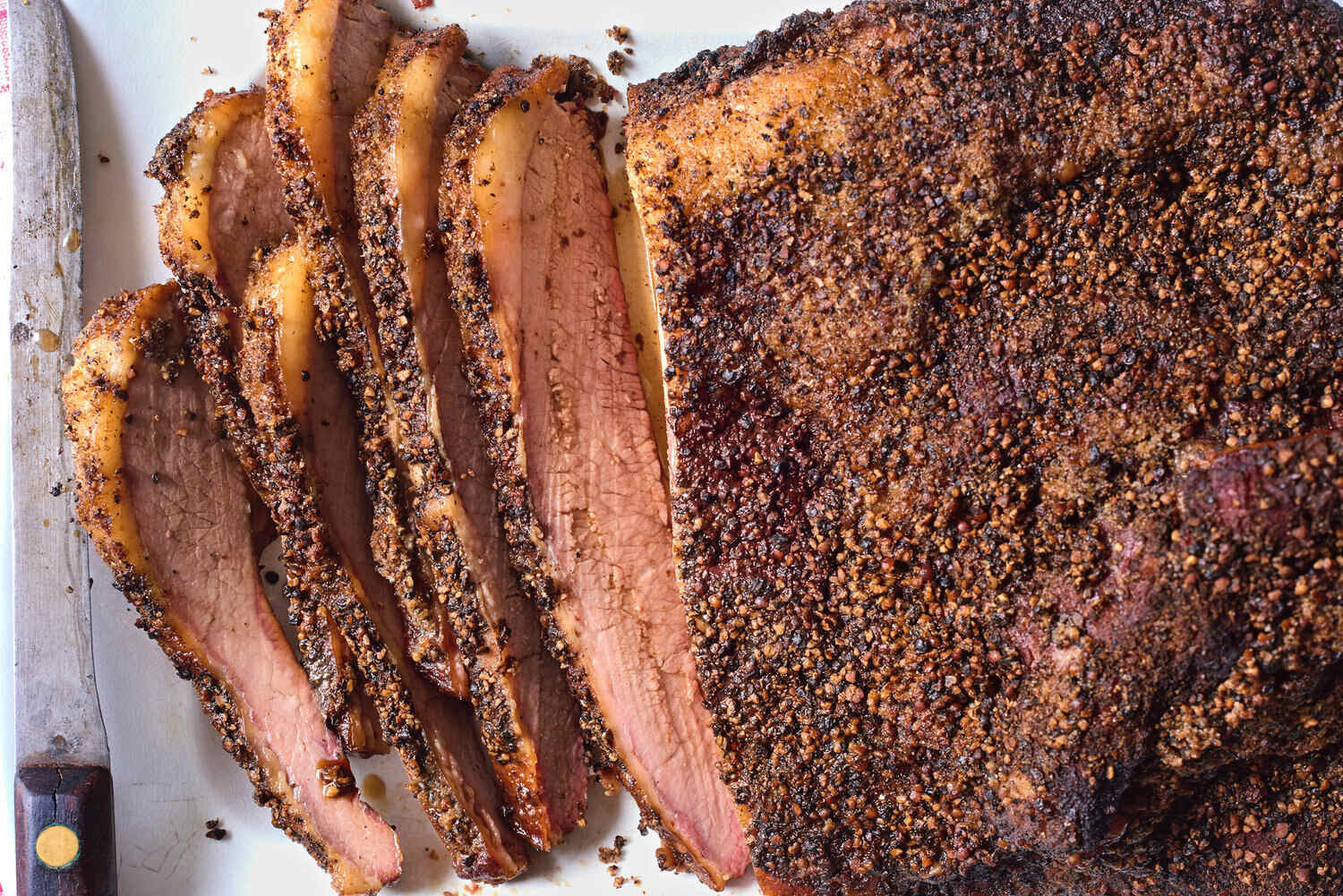
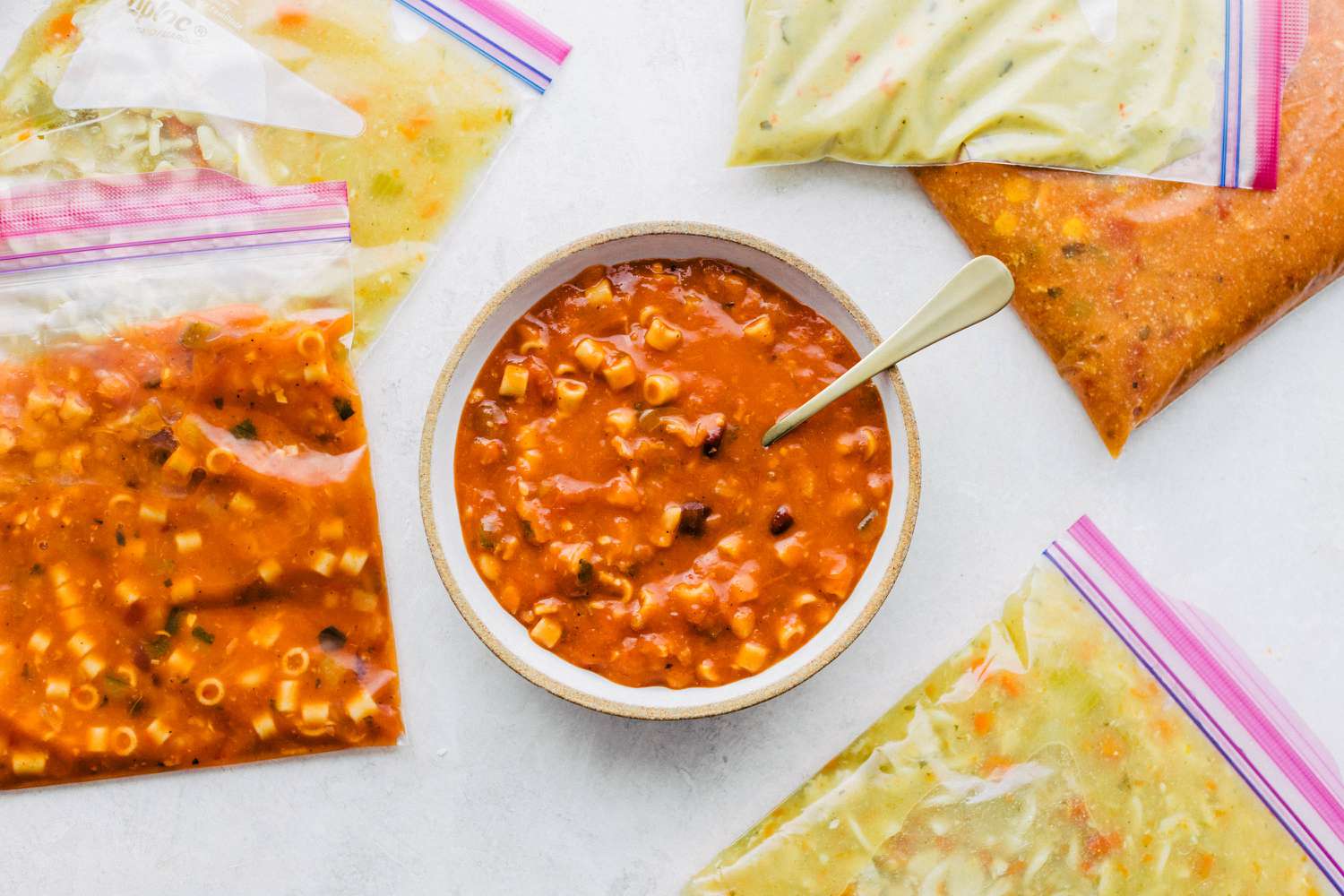
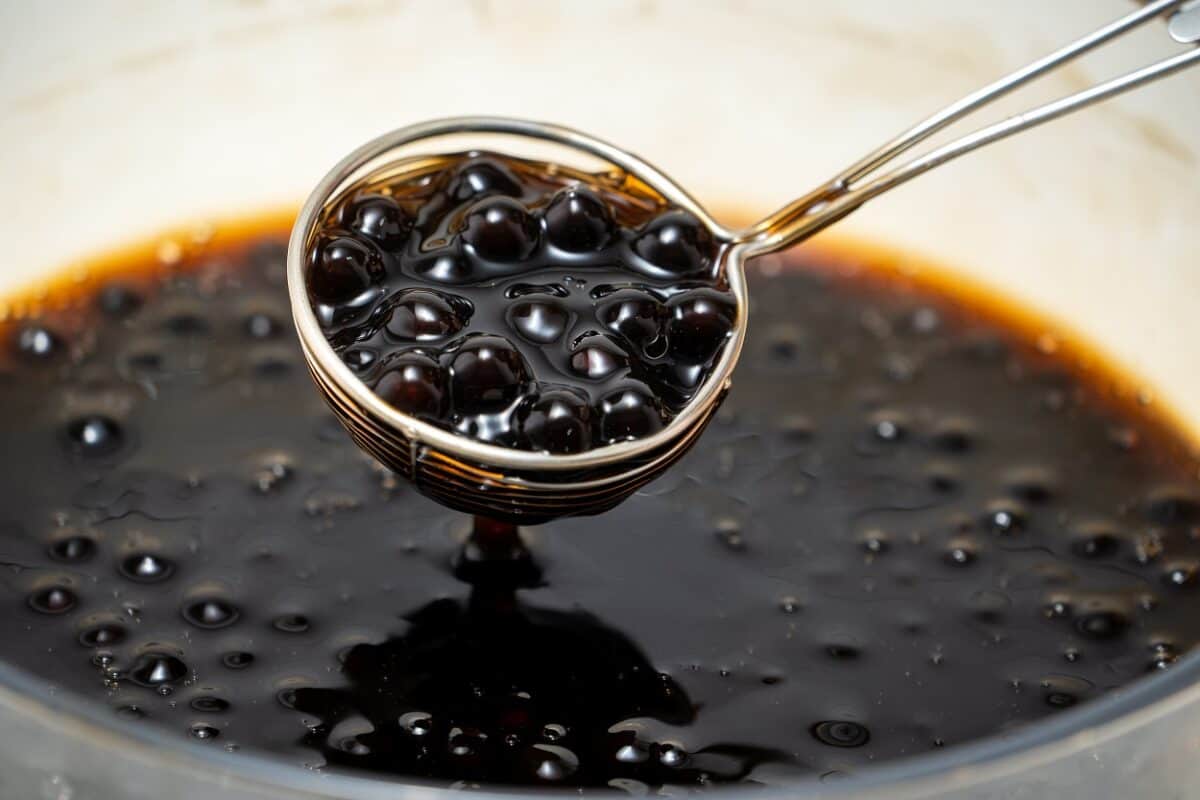
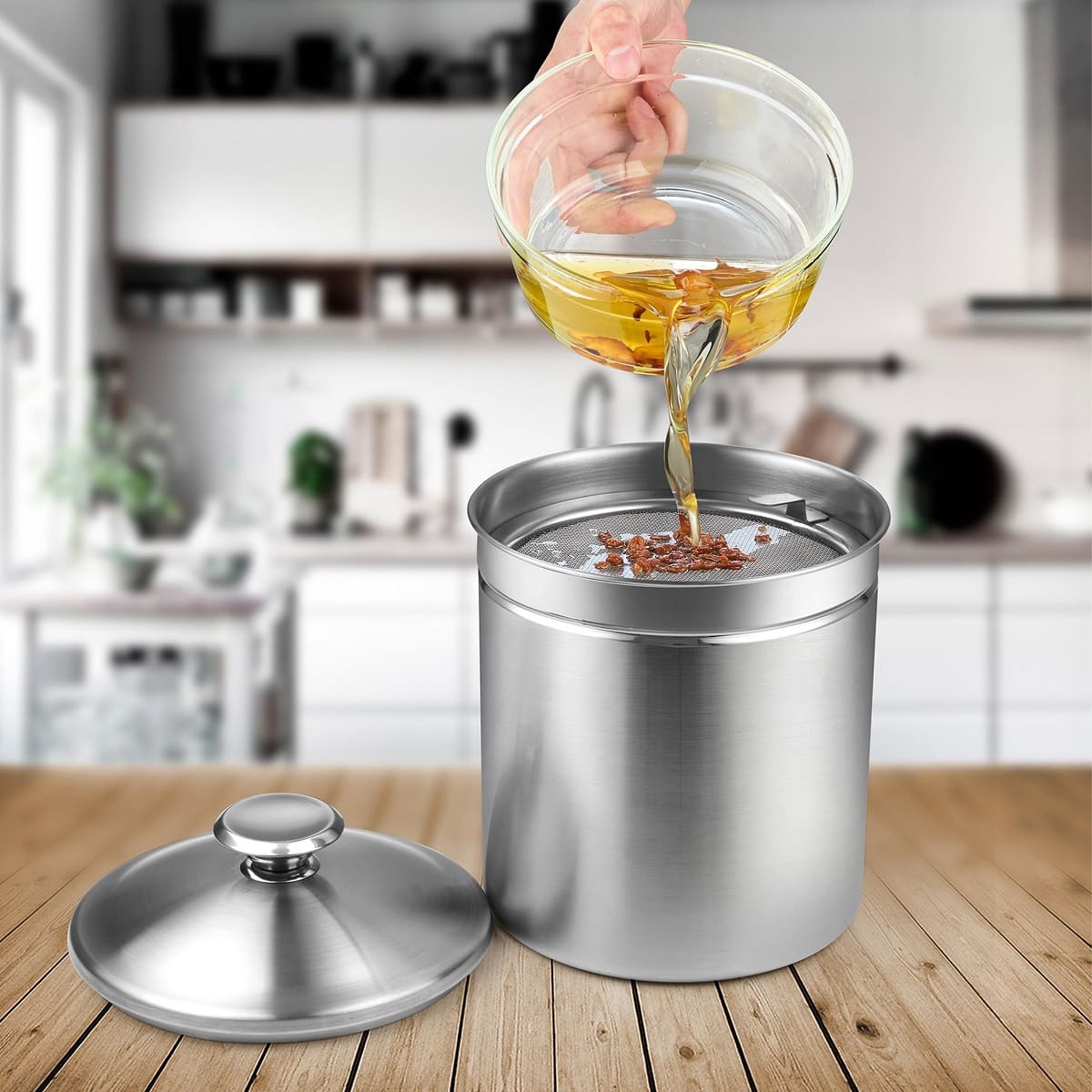

0 thoughts on “How To Store Brisket After Cooking”